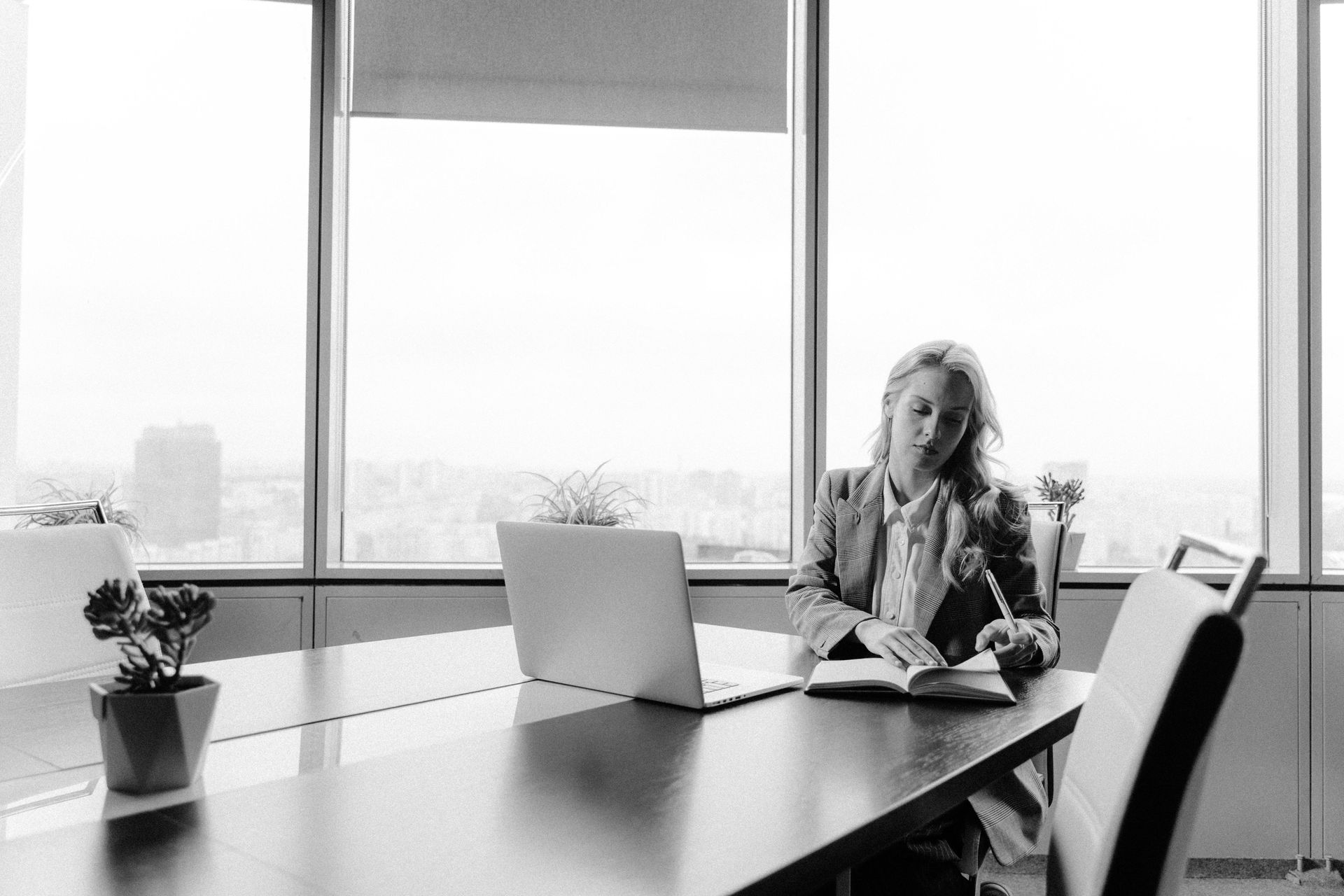Reskilling in the Energy Sector: Where are the jobs
By 2030, renewables could supply over 80% of Australia’s electricity. That means thousands of new jobs in wind, solar, battery storage, and green hydrogen. The challenge? Making sure workers are trained and ready to take on these roles.
Luckily, there are already programs in place to help people transition. The New Energy Apprenticeships Program offers financial incentives for workers getting into clean energy, while the National Energy Workforce Strategy is focused on identifying skills gaps and creating training opportunities. TAFEs and universities are also rolling out more courses tailored to renewable energy careers.
Where the Jobs Are
1. Electrical and Mechanical Work
If you’ve worked with electrical systems, heavy machinery, or plant maintenance, you’re in luck. These skills are highly transferable to wind turbine maintenance, solar panel installation, and battery storage management.
2. Construction and Project Management
Building solar and wind farms is no small task. Project managers, engineers, and construction workers are in demand to oversee these large-scale developments.
3. Battery Storage and Grid Tech
As more renewables come online, we need better ways to store and distribute power. Jobs in battery storage, microgrids, and smart grid technology are set to take off.
4. The Green Hydrogen Revolution
Australia is betting big on green hydrogen. If you’ve got experience in chemical processing, logistics, or plant operations, this could be a great fit.
The Challenges We Need to Overcome
Location, Location, Location: Many renewable projects aren’t in the same places as coal mines and power stations, which means workers may have to relocate or train remotely. Some areas don’t have enough local training facilities, making it harder for workers to upskill and many workers hesitate to switch industries because they’re unsure about long-term stability in renewables.
How We Can Make It Happen
For this transition to work, we need a game plan:
- More training programs at TAFEs and universities that focus on renewables.
- Financial support for workers making the switch from fossil fuels.
- Clear career pathways that make it easier for workers to see how their skills fit into the renewable sector.
- Better regional job opportunities that align new energy projects with existing workforce hubs.









